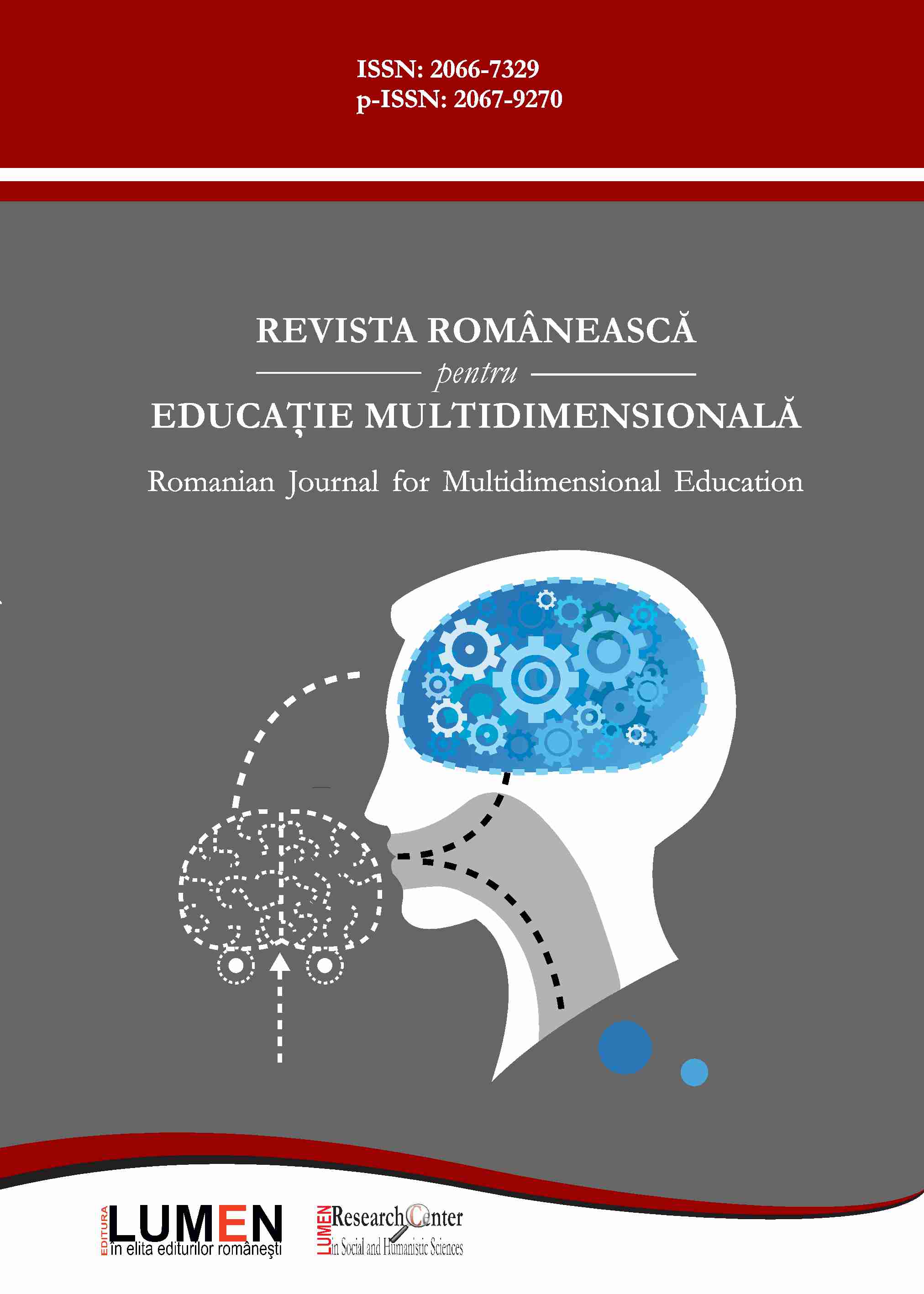Core Curriculum for Foreigners’ Language Training in Higher Agrarian Institutions: Correlation with Common European Recommendations
Core Curriculum for Foreigners’ Language Training in Higher Agrarian Institutions: Correlation with Common European Recommendations
Author(s): Yuliia Lushchyk, Liudmyla Pikulytska, Hanna TsyhanokSubject(s): Higher Education
Published by: Editura Lumen, Asociatia Lumen
Keywords: core curriculum; agrarian; high education institution; international student; communicative activity;
Summary/Abstract: The article deals with introducing important items of the Core Curriculum for Foreign Language Training of Non-Residents in Higher Agrarian Education Institutions based on CEFR and taking into account professional orientation of foreign (Ukrainian) language training (on the example of Sumy National Agrarian University, Ukraine). Different methods of research (theoretical and empirical) have been used. The Curriculum’s content (goal; objectives; principles of training; content components) has been shown. The main goal of foreign language training is identified as the students' acquisition of skills of communicative activity through the integration of communicative, learning and upbringing goals as well as deep professionalizing the future specialist. The Curriculum’s context (stages, communicative training areas) are correlated with the requirements of CEFR to meet internationally recognised standards. To monitor if the curriculum meets the students’ needs in foreign language training the questionnaires were conducted October-November, 2018. The questionnaires on students’ self-assessment of language proficiency level; learning activities preferences; situations in which foreign language is useful for; the importance of work with professionally-oriented materials were generalised. Conclusions: the important foreign language skills for agrarian students are speaking and reading ones; the preferable communicative areas are the social-cultural and the learning-professional ones; the work with professionally-oriented materials is indicated as an important one. This confirms the appropriateness of the curriculum to international students’ needs in foreign language training. The results can be extrapolated for other higher agricultural institutions while foreign language curriculum development.
Journal: Revista Românească pentru Educaţie Multidimensională
- Issue Year: XII/2020
- Issue No: 1 Sup1
- Page Range: 196-212
- Page Count: 16
- Language: English

